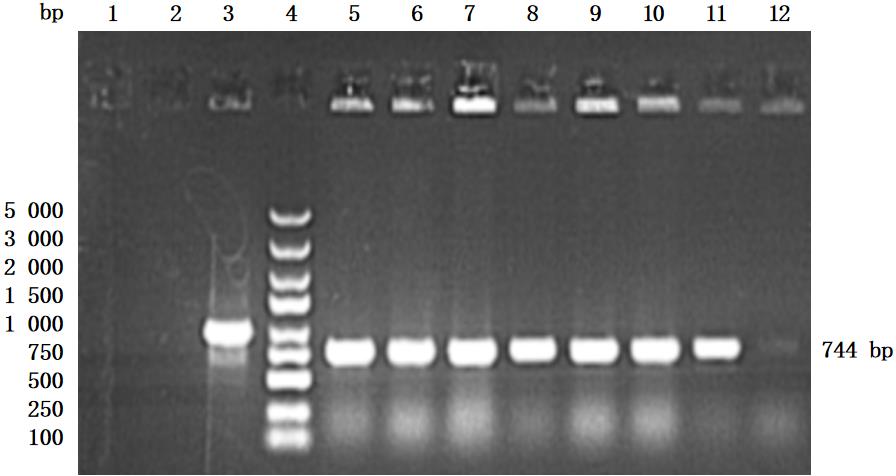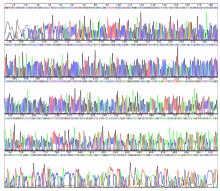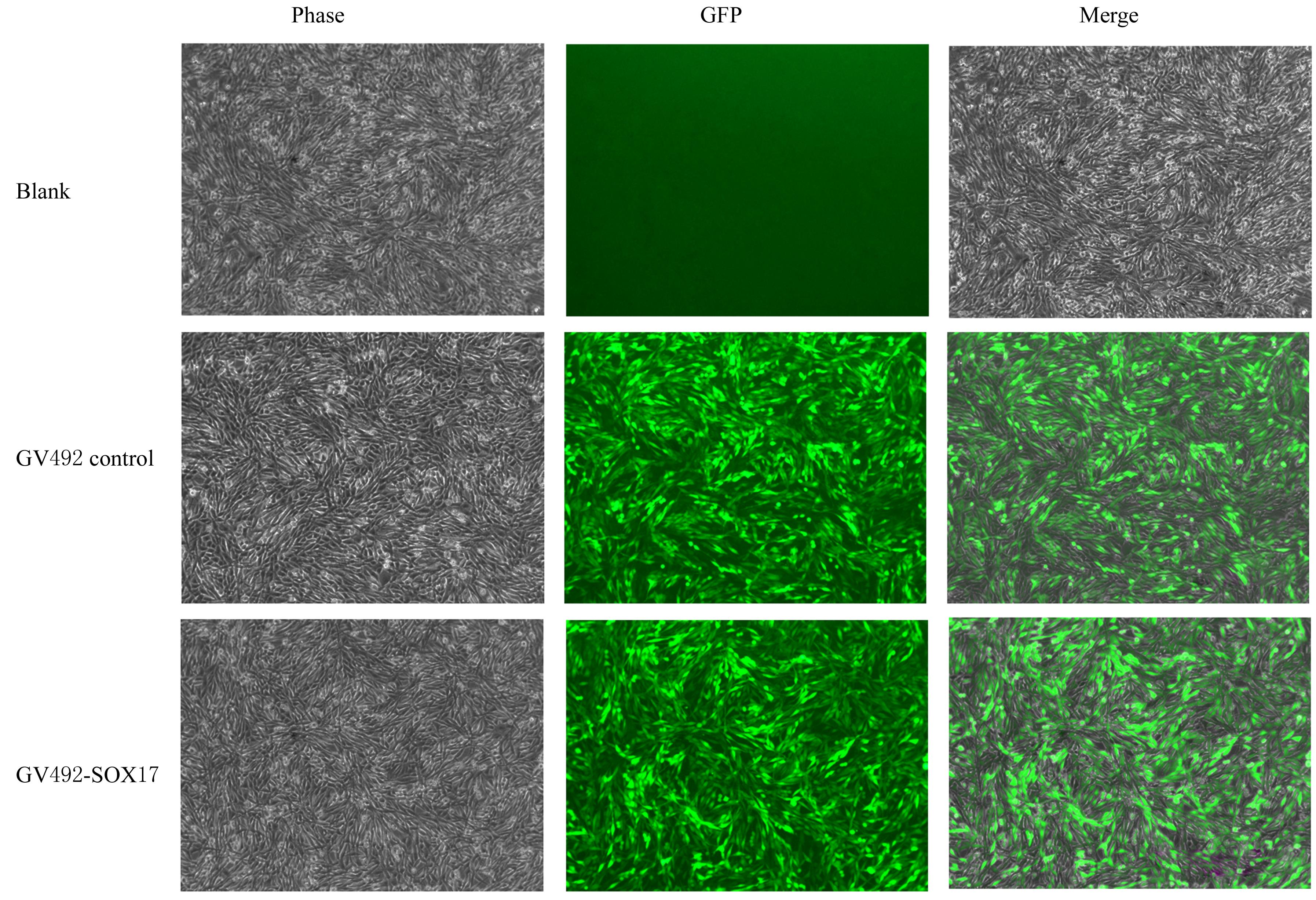| [1] |
Yanan MA,Bing TAN,Lei XU,Jiandong ZHANG.
Detection of drug resistance genes of Acinetobacter baumannii in sputum samples of ICU patients by real-time fluorescence quantitative PCR method and its evaluation
[J]. Journal of Jilin University(Medicine Edition), 2022, 48(6): 1623-1628.
|
| [2] |
Xiaochen HUANG,Hao LI,Baohua WANG,Kai LI.
Protective effect of lidocaine on PC12 cells in Parkinson’s disease model and its mechanism
[J]. Journal of Jilin University(Medicine Edition), 2022, 48(3): 638-647.
|
| [3] |
Shuqing FENG,Yanhong YAO,Yue SHI,Zhibin LIU,Feng GAO.
Application of real-time fluorescence quantitative PCR for detection of BCR/ABL gene expression in peripheral blood in hematopoietic stem cell transplantation therapy in patients with Ph + acute lymphoblastic leukemia
[J]. Journal of Jilin University(Medicine Edition), 2022, 48(1): 180-187.
|
| [4] |
LI Shengnan, WANG Mengxu, HU Weidong, CHEN Shaofeng, CHEN Xinglan, LI You.
Construction and identification of miR-186 overexpression lentiviral vector
[J]. Journal of Jilin University(Medicine Edition), 2019, 45(05): 997-1002.
|
| [5] |
ZHU Guangwei, HUANG Jinsheng, HUANG Yongjian, ZHENG Wei, YANG Shugang, LIN Chunlin, CHEN Hengkai, YE Jianxin.
Construction of lentiviral vector with overexpression of ERp29 and its effect on biological behavior of gastric cancer cells
[J]. Journal of Jilin University(Medicine Edition), 2019, 45(02): 244-250.
|
| [6] |
YANG Qiwei, DU Zhenwu, YU Shan, GAO Sujie, ZHAO Guanjie, ZHANG Lin, LU Jia, REN Ming, ZHANG Guizhen.
Evaluation on stability of copy number of reference gene in plasma DNA of pregnant woman
[J]. Journal of Jilin University Medicine Edition, 2016, 42(03): 523-529.
|
| [7] |
MAI Li, WEI Jianrui, HUA Xing.
Construction of IRF5 gene lentiviral vector and its expression in macrophages RAW264.7
[J]. Journal of Jilin University Medicine Edition, 2016, 42(03): 452-456.
|
| [8] |
XU Shanshan, PIAO Meihua, WANG Yanshu, LIU Nan, PEI Aiyue, FENG Chunsheng.
Effect of isoflurane on oxidative stress injury induced by Aβ25-35 and protective effects of trehalose in PC12 cells of rats
[J]. Journal of Jilin University Medicine Edition, 2015, 41(02): 207-212.
|
| [9] |
LIU Chang, GAO Wei, FENG Xin.
Therapeutic effect of RNA interfered STAT3 silence on collagen induced rheumatoid arthritis in rats
[J]. Journal of Jilin University Medicine Edition, 2015, 41(01): 77-82.
|
| [10] |
HUA Xing,PAN Wen-hai.
Construction of lentiviral vector of DAB2IP gene and its expression in prostate carcinoma PC3 cells
[J]. Journal of Jilin University Medicine Edition, 2014, 40(05): 938-942.
|
| [11] |
ZOU Yong-guo,ZHOU Chun-yan,PIAO Mei-hua,LIU Nan,YUE Yun,FENG Chun-sheng.
Influence of isoflurane in apoptosis and endoplasmic reticulum stress of PC12 cells induced by Aβ25-35 of rats and its mechanism
[J]. Journal of Jilin University Medicine Edition, 2014, 40(02): 224-228.
|
| [12] |
WANG Wei,PIAO Mei-hua,WANG Yan-shu,LIU Nan,YUE Yun,FENG Chun-sheng.
Effects of isoflurane on autophagy and apoptosis induced by Aβ25-35 in rat PC12 cells
[J]. Journal of Jilin University Medicine Edition, 2014, 40(01): 49-54.
|
| [13] |
WANG Wen-yue,HUANG Wen-jun,PAN Ying,LI Xi-qian,CAO Lin-lin,ZHANG Ji-cun,YANG Qi-wei.
Expression of CK20 mRNA in peripheral blood cells of patients with endometrial cancer and its clinical significance
[J]. Journal of Jilin University Medicine Edition, 2013, 39(5): 960-964.
|
| [14] |
QIAO Wei,FENG Le-ping,SUN Qing,XIONG Yi,LI Yu-feng.
Construction of CD8α+ antigen gene clone vector and expression of its related protein in dendritic cells
[J]. J4, 2012, 38(6): 1058-1062.
|
| [15] |
LIU Yue,LI Jing-hua,SHI Hong-yan,WEN Jian-ping,SUN Yan-bo.
Biological characteristics of enterohemorrhagic E. coliO157-specific bacteriophages isolated from raw sewage
[J]. J4, 2012, 38(1): 79-83.
|
 ),Zhaochun WU2,Jiawen HE2,Keqi LIAO2,Shengnan LI1,2(
),Zhaochun WU2,Jiawen HE2,Keqi LIAO2,Shengnan LI1,2( )
)













